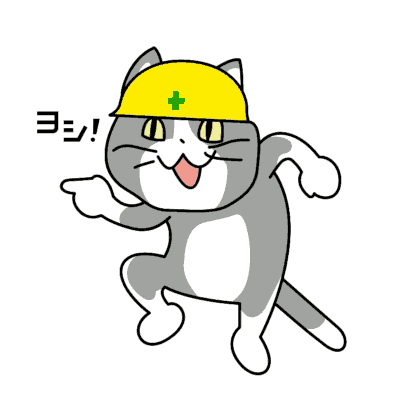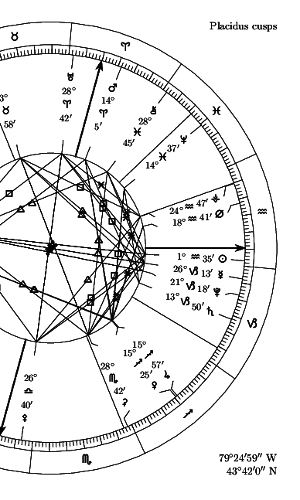In 1967, Allen V. Hershey of the U.S. Naval Weapons Laboratory in Dahlgren, Virginia published a set of fonts for use with computer-controlled plotters. At that time, very few digital fonts were available at all, and even fewer were freely usable. The Hershey fonts, being public domain because of their origin as work produced by a U.S. Federal Government employee in the course of his duties, quickly because popular. They were eventually distributed by the U.S. National Bureau of Standards (which is sometimes incorrectly credited as the origin of the fonts), then disseminated on Usenet and in many other ways.
The plotters for which the Hershey fonts were originally designed are now long since obsolete. The distinctive appearance of these fonts, which results from the constraints of those plotters, is quite different from the look of modern digital typography. But because the Hershey fonts were (and to some extent still are) so widely used, they have a nostalgic familiarity for many present-day computer users. They evoke early CAD systems, low-budget GIS, and Turbo Pascal BGI drivers. The Beikaitoru package is a present-day (2010s) revival of the Hershey fonts with current technology, based as nearly as possible on the original source material and including many special features omitted from other versions, most notably a set of Japanese-language characters.
 日本語のページ
日本語のページ
